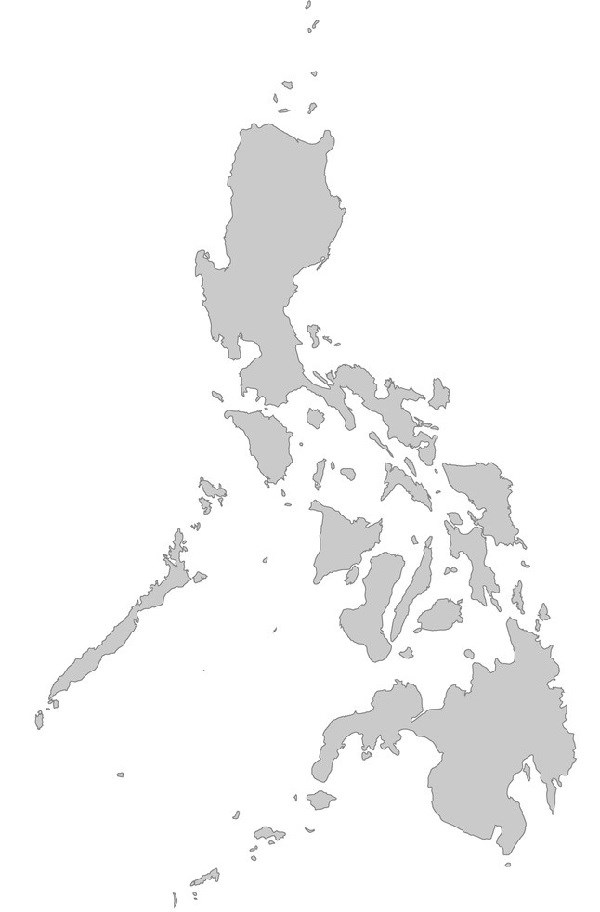Last updated: September 5, 2019
Article
Philippines and the 19th Amendment

Women first organized and collectively fought for suffrage at the national level in July of 1848. Suffragists such as Elizabeth Cady Stanton and Lucretia Mott convened a meeting of over 300 people in Seneca Falls, New York. In the following decades, women marched, protested, lobbied, and even went to jail. By the 1870s, women pressured Congress to vote on an amendment that would recognize their suffrage rights. This amendment was sometimes known as the Susan B. Anthony amendment and became the 19th Amendment.
The amendment reads:
"The right of citizens of the United States to vote shall not be denied or abridged by the United State or by any state on account of sex."
After decades of arguments for and against women's suffrage, Congress finally approved the 19th Amendment in June 1919. After Congress passed the 19th Amendment, at least 36 states needed to vote in favor of it for it to become law. This process is called ratification. In August of 1920, 36 states ratified the 19th Amendment, ensuring that the right to vote could not be denied by any state based on sex.
The 19th Amendment impacted women differently based on where they lived. In 1898, the Philippines became a territory of the United States as part of the Treaty of Paris which ended the Spanish-American War. As a territory and not a state, the Philippines could not participate in the ratification process for the 19th Amendment. The Philippine Organic Act of 1902 established some rights for residents of the Philippines, including an elected legislature and two commissioners to the U.S. Congress, but it did not convey U.S. citizenship to residents.

In 1935, the Philippines became a Commonwealth of the United States. In its Constitution, the Philippines granted women the right to vote. The Philippines became a sovereign, independent country in 1946.

Digitally explore the places of women's suffrage.
